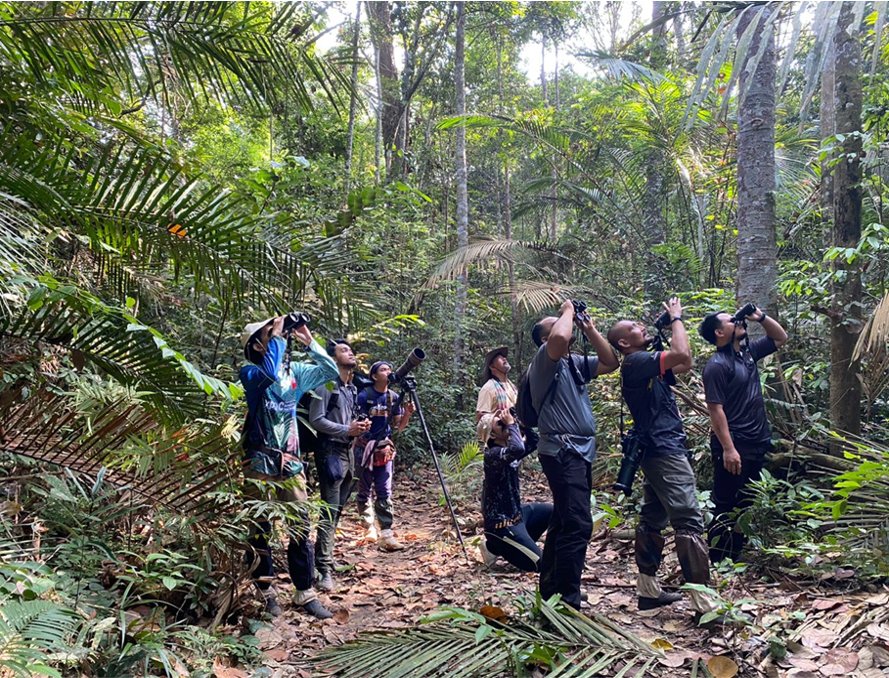
KUALA LUMPUR, June 6: The increasing reports of conflict between humans and wildlife can be attributed to the country’s poor treatment of its rainforests and indiscriminate encroachment into the habitats of wildlife, says naturalist Andrew Sebastian.
Andrew, who is also president and chief executive officer of Ecotourism & Conservation Society Malaysia (ECOMY), said human-wildlife conflict would naturally increase when new areas are opened and agriculture is introduced in forested and surrounding areas.
“Wildlife has always been there. It is their landscape. We invite trouble when we, humans, go in and change the land use, develop it and so on. It is sad.
“It shows we have really treated our rainforest poorly. We have poorly managed our forest development with our activities.”
Recent news reports have highlighted increased cases of human and wildlife conflict. Many of these conflicts happen in newly developed villages, previously the habitat of the Malaysian wildlife.
Last week, along with the news of three elephants found dead in a cleared plot of land in Kluang, Johor, there were reports of two sun bears being trapped separately within a week.
The first sun bear, a female was trapped by villagers in an orchard in Tanah Merah, Kelantan while the second, a male was trapped by the Department of Wildlife and National Parks (Perhilitan) in the same vicinity following complaints from the villagers of a bear roaming in their orchard.
The Jeli Perhilitan Department, which caught the sun bear is expected to set it free in a suitable area on a later date, said Director of Perhilitan Kelantan Mohamad Hafid Rohani. The village is set close to the Air Satan Nature Reserve, originally a wildlife habitat.
Investigations are meanwhile ongoing on the possibility that the elephants found dead could have been poisoned.
In a statement issued on Monday, June 3rd, Minister of Natural Resources and Environmental Sustainability, Nik Nazmi Nik Ahmad pointed out that the habitats of elephants were crucial for supporting their population.

“Elephants are one of the country’s iconic wildlife species and are fully protected under the Wildlife Conservation Act 2010 (Act 716).”
Nik Nazmi highlighted that the government is continuously proactive in preserving and conserving wildlife habitats, including for elephants, through several initiatives such as developing the National Elephant Conservation Action Plan 2023-2030, establishing the National Elephant Conservation Centre in Lanchang, Pahang, and intensifying efforts to gazette forested areas as Permanent Forest Reserves.
According to Perhilitan’s records, 646 human-elephant conflict complaints were reported in Johor alone from 2020 to May 2024, with 292 complaints involving the Kluang district.
–WE